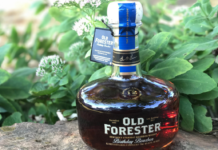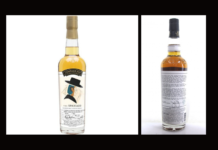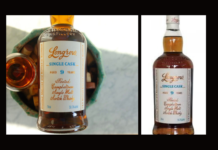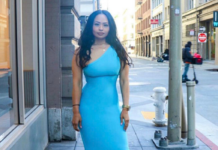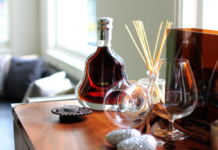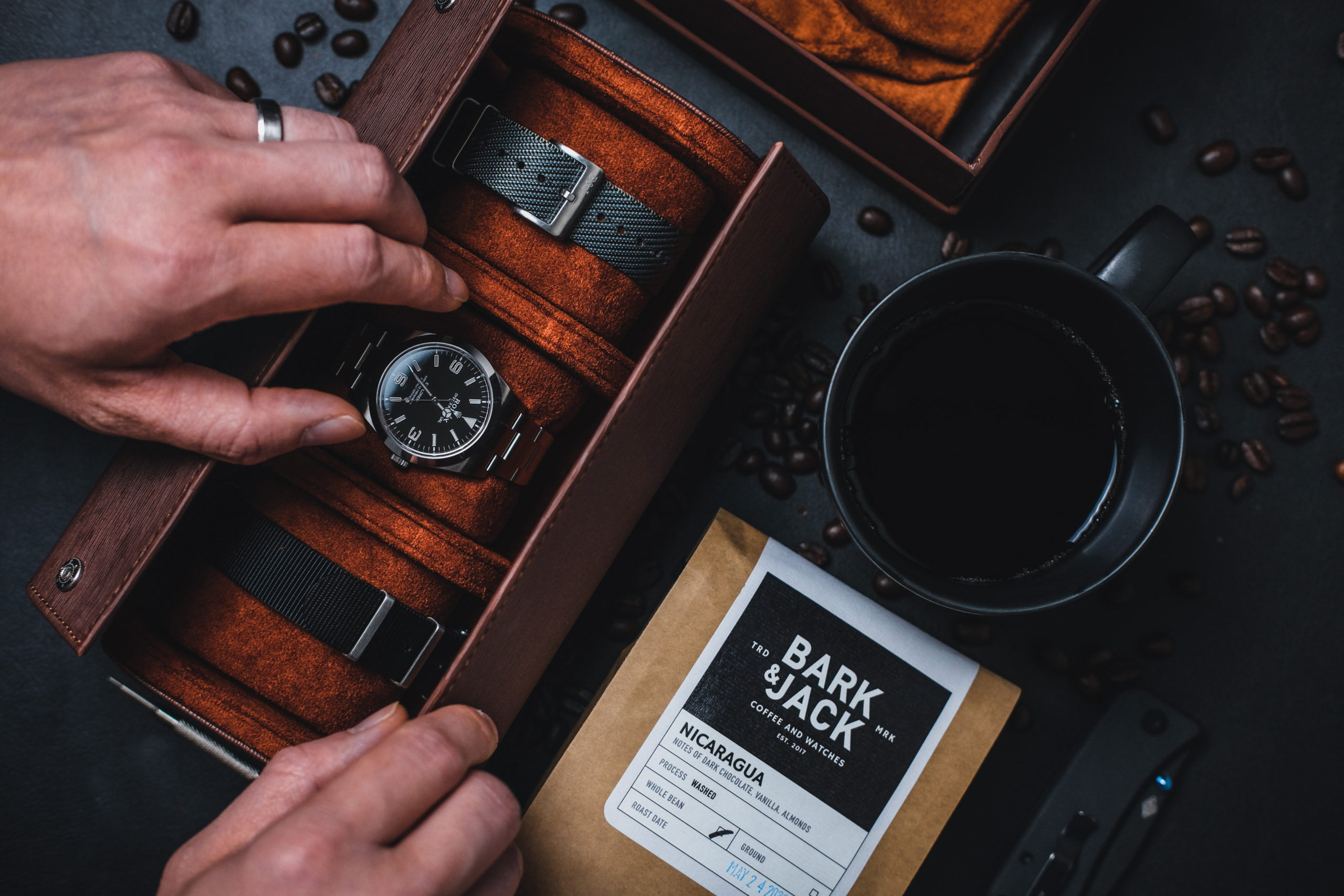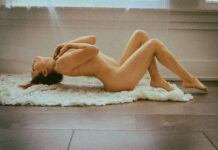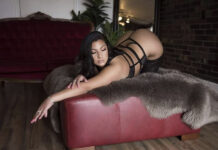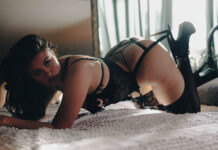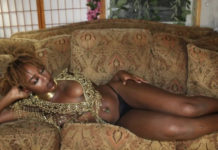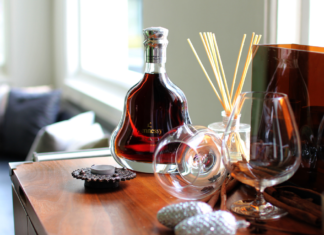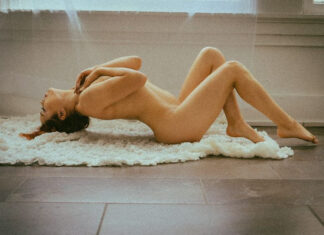A watch collection can tell a very personal story. For some collectors, they may have been gifted their first luxury timepieces on a special occasion, an important birthday, achievement or milestone. This could be the start of your collection and each watch after may tell the story of an important moment in your life.
Yet collecting watches is about more than the acquisition of material objects. It’s more about gaining knowledge about the watches.
Anyone with the faintest interest in watches will recognize the truth in this statement. Once you’re wrist deep, you soon start to know your chronometers from your chronographs, and you cherish those watches that are both. And the more you know, the more your appreciation grows. This sparks a self-perpetuating momentum, driving you deeper down the horological rabbit hole.
We took a moment to pursue an interview with Eric the founder of @average_guy_horology on Instagram. Eric’s collection is far from average, and his stylistic view is above average. Do yourself a favor and take a moment to checkout the full story below:
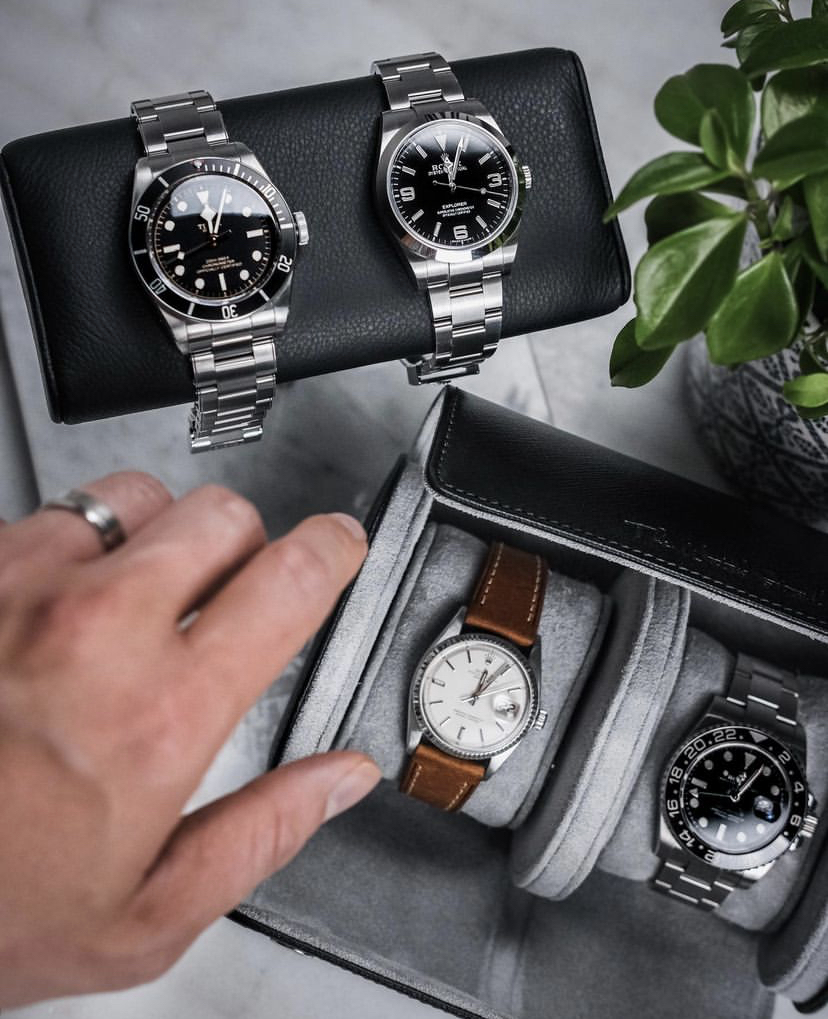 Hi Eric, let’s kick things off with you telling us a little about yourself, and how you found yourself in the world of designer watches.
Hi Eric, let’s kick things off with you telling us a little about yourself, and how you found yourself in the world of designer watches.
E: Thanks for connecting to do this Gene. My name is Eric, I am a Toronto based watch enthusiast and watch photographer. My Instagram handle is @average_guy_horology. The name kind of says it all. I like to think that I take a layman’s approach to the watch hobby. I do not know a ton but I’m learning more every day. I was never into watches growing up. It was really the enthusiasm of a former boss rubbing off on me that sparked my interest in wristwatches. I got my first watch in 2009 and have been hooked ever since.
Eric, what do watches mean to you? Jewelry, status symbol, something else perhaps?
E: I used to look at watches more as status symbols. As I progressed through the hobby, I really became more and more fascinated by these little machines made of gears and springs that somehow accurately track time. These days I look at wristwatches more as functional, wearable art, and a form of self-expression.
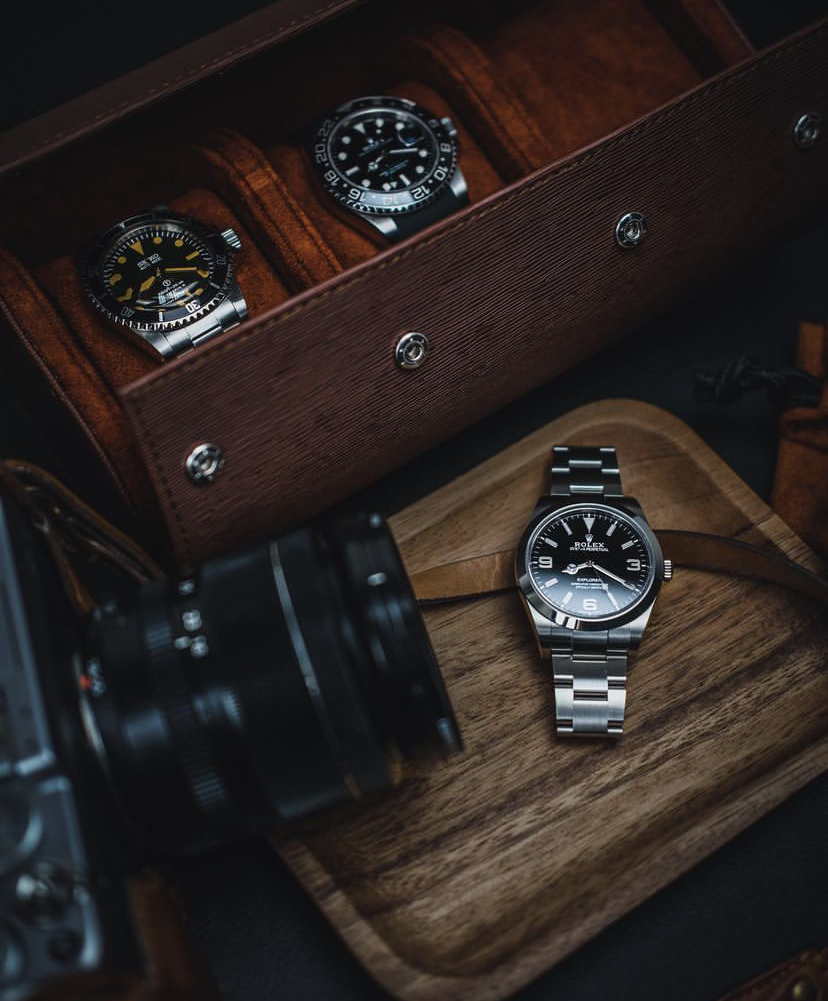 What was your first watch and what are some of your earliest memories of watches?
What was your first watch and what are some of your earliest memories of watches?
E: When I first developed an interest in watches, I had not been working for very long and did not have a lot of money to spend. That didn’t stop me from researching and talking my then girlfriend (now wife)’s ear off about the kinds of designs that I was drawn to. Turned out that she was paying attention because she surprised me with a Tissot PRC200 chronograph that year for my birthday. My earliest memory of watches was probably being moved by her generosity and thoughtfulness.
https://www.instagram.com/p/CLxnivxLRJT/?utm_source=ig_web_copy_link
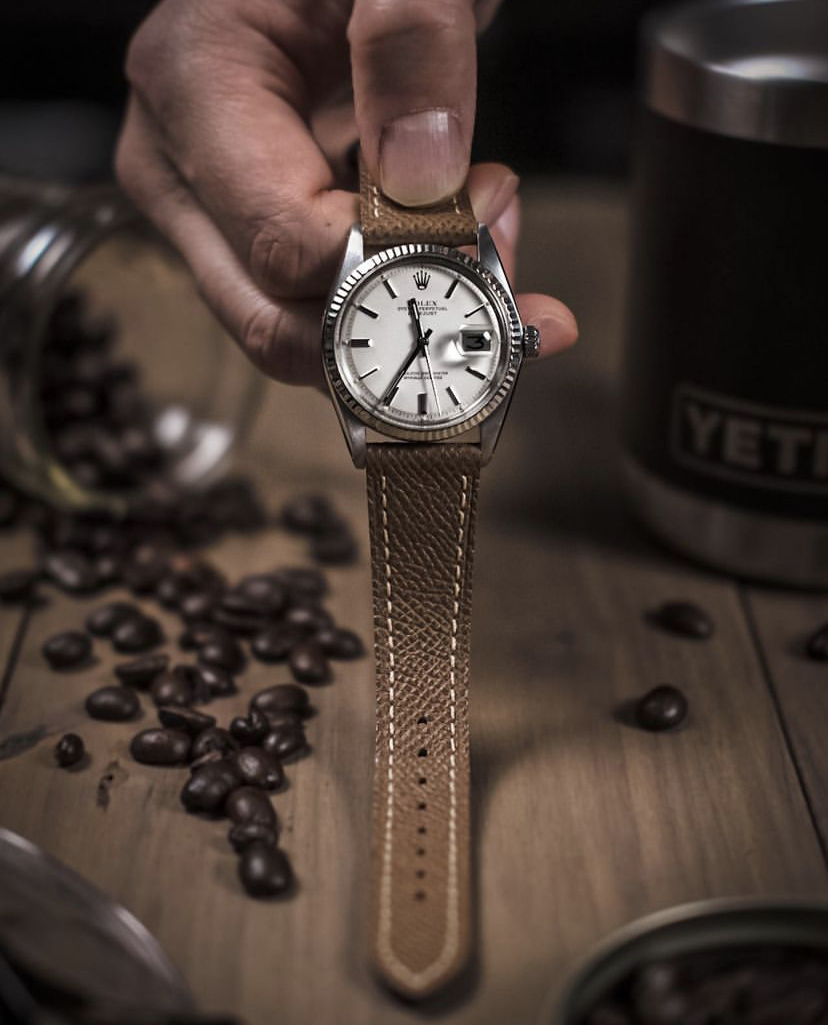 Eric before we discuss the beautiful aesthetics of your photography, let me ask you, when choosing a watch for yourself, what is the most important factor in your choice?
Eric before we discuss the beautiful aesthetics of your photography, let me ask you, when choosing a watch for yourself, what is the most important factor in your choice?
E: If I were being a good watch enthusiast, I would say something like “the accuracy of the movement” or the “heritage of the brand”. But in true “average guy” fashion, it comes down to whether I like the way the watch looks, and how well it fits my wrist. And maybe a little bit of “how well will this photograph”.
Your IG features a good amount of Rolex watches. What is it about the Rolex watch that is so appealing to you?
E: I am drawn to their classic (if somewhat conservative), timeless designs. It might very well be that they were the first thing to show up in google when I first started researching watches, but many of their models have really become top of mind when I think about certain types of watches. Dressy watches with a date complication and GMTs especially. So maybe I am the victim of good marketing.
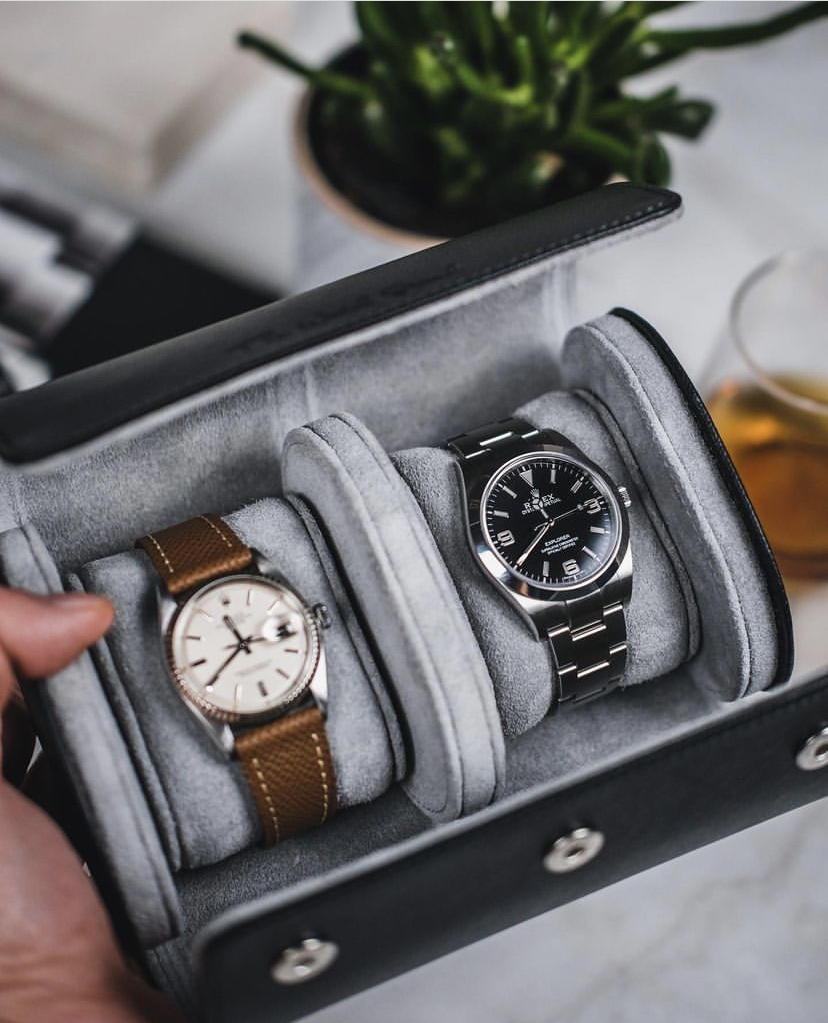 Eric, your IG is flawless and has a certain sleek aesthetic to it. How do you go about setting up the shot and controlling the lighting? What goes into setting up the atmosphere and background for each particular shot? or is it something you just create on a whim?
Eric, your IG is flawless and has a certain sleek aesthetic to it. How do you go about setting up the shot and controlling the lighting? What goes into setting up the atmosphere and background for each particular shot? or is it something you just create on a whim?
E: Thank you so much, that is very flattering! I do spend a bit of time thinking about the shots I am planning on taking before I set them up. Usually, I funnel through a series of questions. Which watch do I want to shoot? What story am I trying to tell around the watch? What props can I add to tell this story? How do I want the lighting and colours to look? Once I can answer these questions, building the shot is generally easy. Though sometimes it ends in a prop shopping trip! As far as lighting goes, I’ve recently moved to shooting entirely with artificial light, which gives me a lot of control over how both the watch and the scene are lit and where I want shadows to fall.
 Eric, what are some significant pieces in your collection and what is your philosophy of collecting?
Eric, what are some significant pieces in your collection and what is your philosophy of collecting?
E: I try to tie watch purchases to big events and milestones in my life. I wear a watch pretty much every single day and to have memories from a certain event come flooding back whenever I check the time is a pretty cool feeling. Apart from the Tissot PRC200 which was my first watch, I have several other pieces that will never leave my collection. A Tissot Classic Dream which I picked up in Greece. A Seiko SKX007 that I acquired in Japan. And perhaps most significantly, a Rolex Explorer that I purchased on the day my daughter was born. Her birthday and time are engraved on the back of the case. I really hope she develops an interest in watches as I would love to pass this one down to her someday.
What are the upsides and downsides of maintaining and owning a large collection of watches?
E: I think my watch collection is a modest and reasonable size. At least that’s what I tell my wife! One definite advantage is always having the right watch for any occasion. Whether I need something dressy, sporty or rugged and indestructible, I usually have the perfect watch. On the flip side, it gets expensive over time to maintain and service watches. A service can range from a couple hundred bucks to well over a grand, depending on the watch and who is servicing it. I also subscribe to a “cost per use” philosophy. The less frequently I wear a watch, the more it cost me per wear.
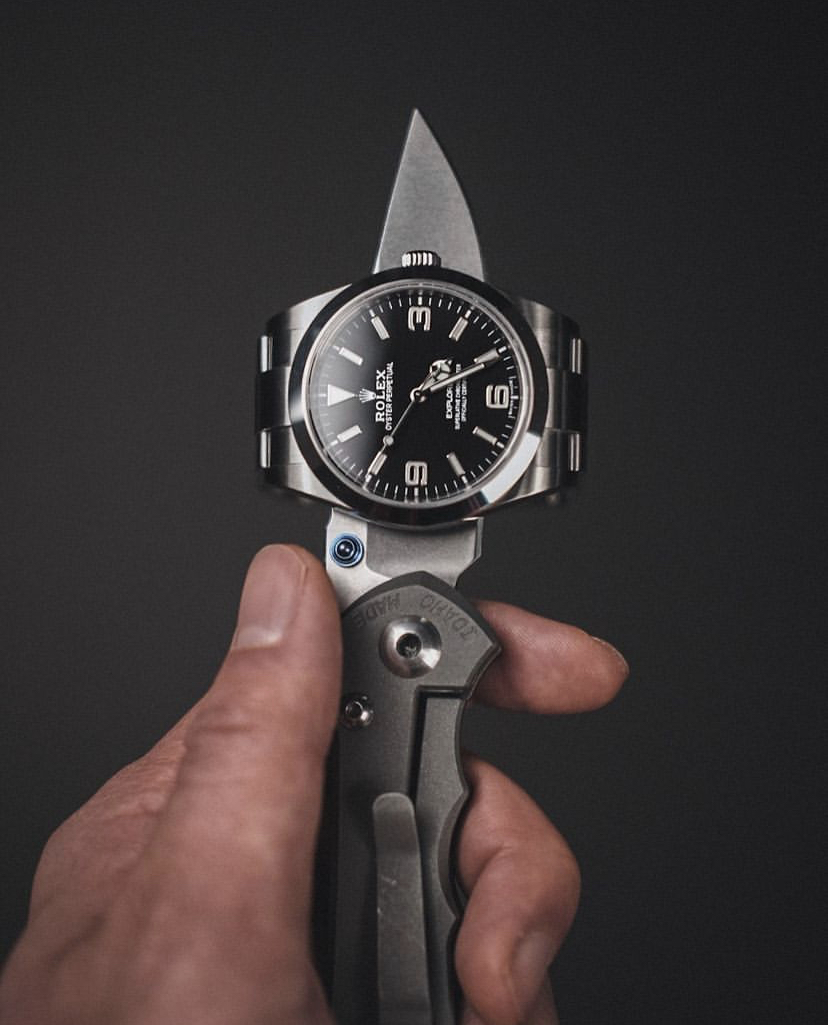 If money is of no object, what is the next watch you’re buying and why?
If money is of no object, what is the next watch you’re buying and why?
E: Without sounding too much like a Rolex fanboy, my answer would be a birth year Rolex Explorer Ref 1016. I absolutely love the 36mm size, the matte black dial, the beautiful painted tritium numerals, and the overall design. I pick this knowing I’ll eventually have to give up my current Explorer to my daughter.
What are some tips you can give to us photography amateurs to help us create a more cohesive Instagram similar to yours?
E: My top 3 tips for achieving consistency in product photography are:
1) Use artificial light. Natural light, while readily available, is fickle and varied. Artificial light gives you so much more control and the ability to use similar lighting conditions for all your photos.
2) If you use Lightroom to edit your photos, stick to 1 set of presets. As important as it is to keep your lighting consistent, keeping your editing similar will go even further in creating an attractive grid.
3) Use a grid planner – I personally use an app called Planoly, which allows me to see how all my future posts will look when positioned beside my existing posts. This gives me the ability to see how different sequencing of posts impacts the look of my grid.
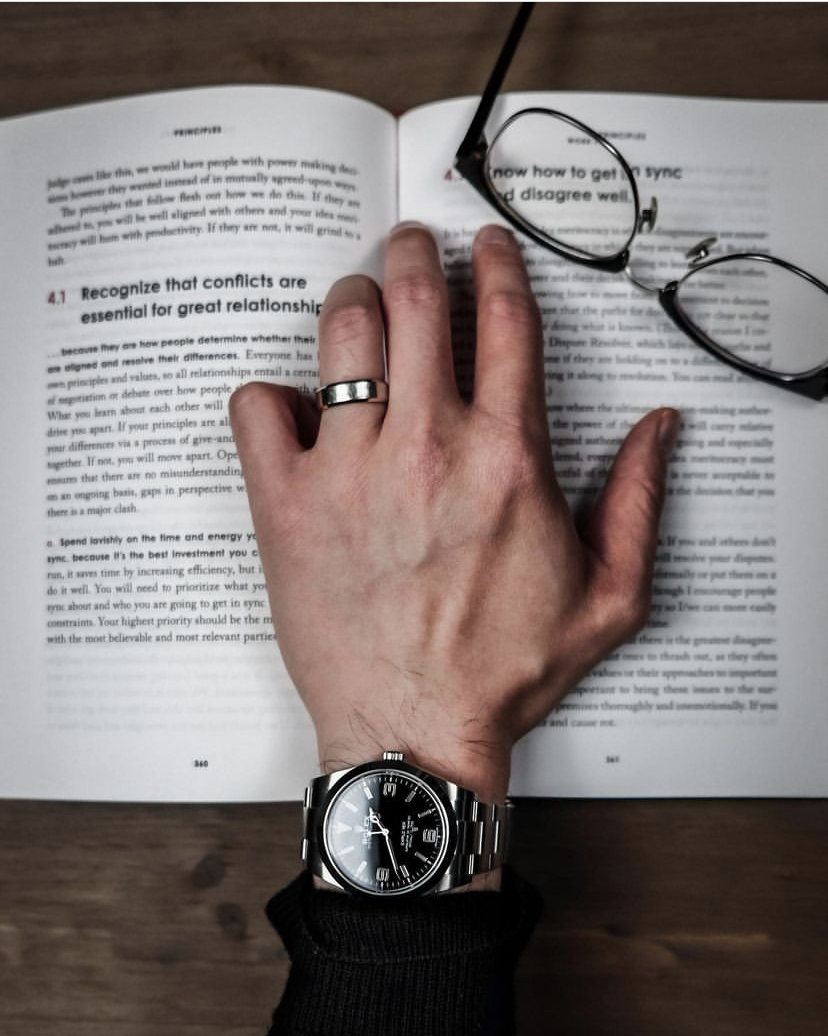 Anything else you’d like to share with our readers?
Anything else you’d like to share with our readers?
E: Watch collecting can seem daunting at times. There are a lot of high-end pieces out there that cost as much as a house. Just remember that you do not have to spend a lot of money to own a great timepiece or have a diverse collection. Do not let any watch snobs out there tell you otherwise. 99% of people you meet won’t care what kind of watch you’re wearing so just buy and wear what you like.





